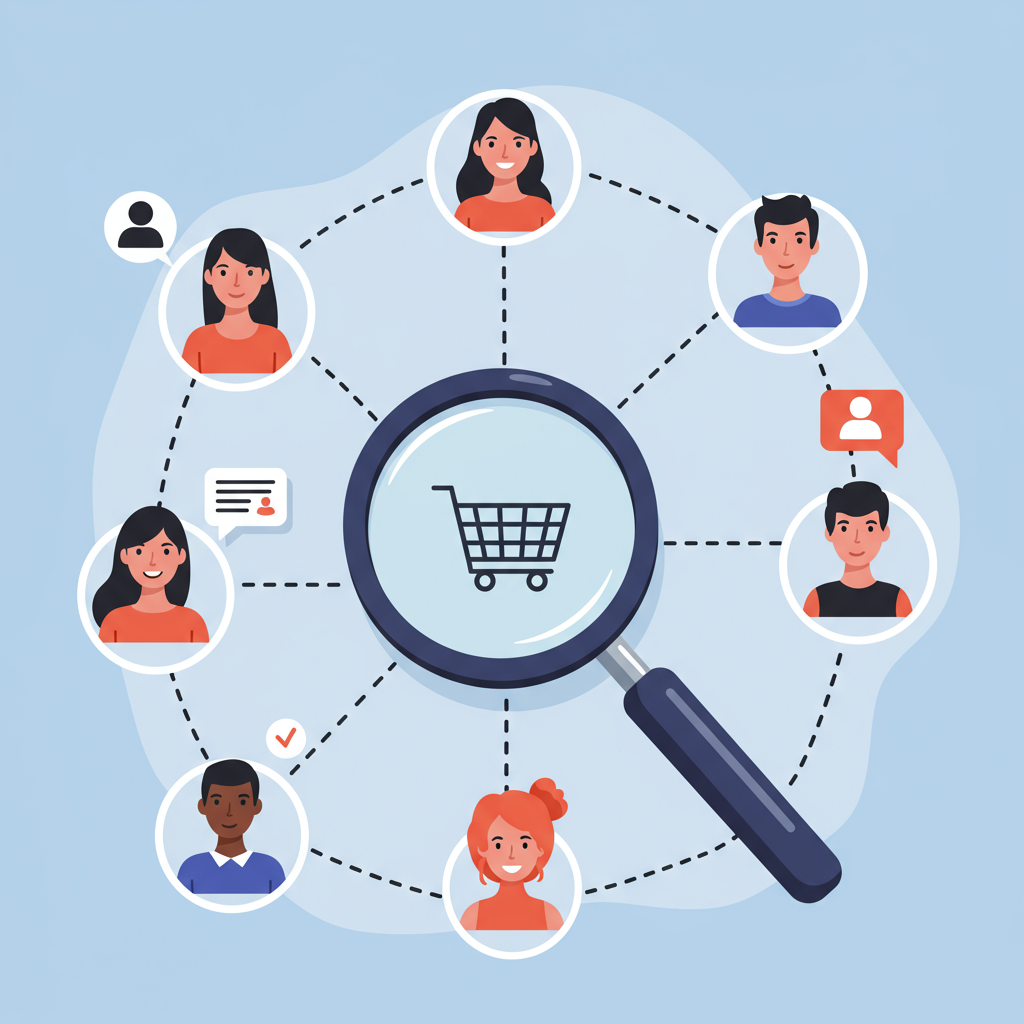Unlock Precision Marketing and Boost Your E-commerce Sales
Hey there, fellow Shopify merchant! I’m here to talk about something incredibly powerful for your e-commerce success: Facebook Ads targeting.
If you’re running a Shopify store, you know that getting traffic is one thing, but getting the *right* traffic – people who actually buy – is another.
That’s where intelligent Facebook Ads targeting comes into play. It’s not just about throwing money at ads; it’s about precision.
Think of Facebook as a massive marketplace with billions of potential customers. Your job is to find the few million, or even few thousand, who are most likely to love your products.
Effective targeting ensures your ad spend is efficient, reaching people who are genuinely interested, rather than just anyone.
Let’s dive into the foundational targeting options available to you within the Facebook Ads Manager.
First up, we have **Demographic Targeting**. This is pretty straightforward but incredibly important for setting your baseline.
You can specify age ranges. Are your products for teenagers, young adults, or a more mature audience? This is a critical first filter.
Gender is another key demographic. While many products are unisex, some clearly appeal more to one gender than the other.
Location targeting allows you to reach people in specific countries, states, cities, or even within a certain radius of a physical address. Perfect for local businesses or international shipping considerations.
You can also target by language, ensuring your ad copy resonates with the audience’s native tongue.
Next, and perhaps most exciting for e-commerce, is **Interest Targeting**. This is where you start to define your audience by what they like.
Facebook’s algorithm knows a lot about its users’ interests based on pages they like, posts they interact with, and even ads they click.
You can target broad interests like “fashion” or “home decor,” but I often recommend getting more specific.
For example, instead of just “running,” consider “marathon training,” “Nike running shoes,” or “fitness trackers” if your product is related to those niches.
You can also layer interests. This means targeting people who are interested in “yoga” *AND* “organic food,” for instance, if you sell eco-friendly yoga mats.
This layering helps narrow down your audience to a more qualified segment, increasing the likelihood of conversion.
**Behavioral Targeting** is another powerful option. Facebook tracks user behaviors, both on and off its platform.
This includes purchase behaviors (e.g., “online shoppers”), digital activities (e.g., “small business owners”), or even travel behaviors.
For Shopify merchants, targeting “Engaged Shoppers” or “Online Shoppers” is often a great starting point, as these users have demonstrated a propensity to buy online.
Now, let’s talk about the real game-changers: **Custom Audiences** and **Lookalike Audiences**.
**Custom Audiences** allow you to target people who have already interacted with your business in some way.
This includes website visitors (using the Facebook Pixel), customer lists (uploading your email list), app activity, or even people who have engaged with your Facebook or Instagram pages.
Retargeting website visitors who added items to their cart but didn’t purchase is an incredibly effective strategy for recovering lost sales.
Uploading your customer list allows you to target your existing loyal customers with new product launches or exclusive offers.
**Lookalike Audiences** are built upon your Custom Audiences. Facebook takes your source audience (e.g., your best customers) and finds other users who share similar characteristics.
This is fantastic for scaling your campaigns, as it allows you to reach new potential customers who are highly likely to be interested in your products.
You can create Lookalike Audiences based on website visitors, purchasers, or even people who have engaged with specific posts.
I typically recommend starting with a 1% Lookalike Audience for the highest similarity, then expanding to 2-5% as you scale.
Don’t forget about **Audience Insights**. This tool within Ads Manager can help you discover more about your current audience or explore potential new ones.
It provides data on demographics, interests, and behaviors, which can inform your targeting decisions and even your ad creative.
The key to successful Facebook Ads targeting is constant testing and optimization.
Don’t just set it and forget it. Monitor your results, analyze what’s working and what isn’t, and be prepared to adjust.
A/B test different audience segments against each other. You might be surprised by which ones perform best.
Consider your sales funnel. Are you targeting cold audiences with awareness campaigns, warm audiences with consideration campaigns, or hot audiences with conversion campaigns?
Each stage of the funnel requires a different targeting approach and message.
Finally, remember that attribution is crucial. Understand how your Facebook Ads are contributing to your Shopify sales.
Use the Facebook Pixel’s event tracking to measure purchases, add-to-carts, and other valuable actions.
By mastering these targeting strategies, you’ll transform your Facebook Ad campaigns from a shot in the dark into a precision marketing machine.
It takes time and effort, but the payoff in increased sales and a thriving Shopify store is absolutely worth it.
What are your thoughts on these strategies? Have you found particular targeting methods to be most effective for your Shopify store? I’d love to hear your experiences.
Keep experimenting, keep learning, and watch your Shopify business grow!






